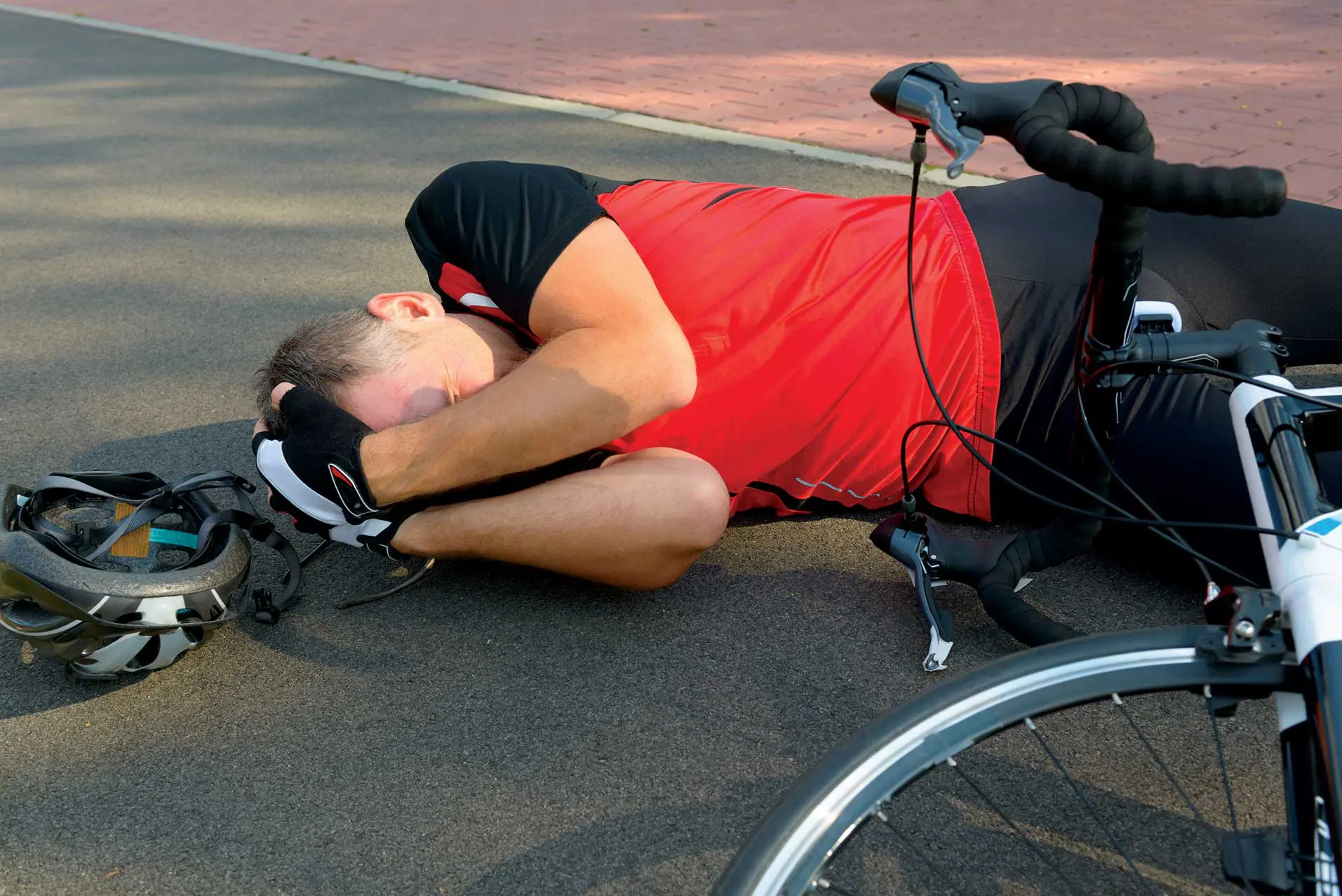Yout Hit Your Head: How to Know if It Is Time to See a Doctor
By MS. CHRISTINE WALSH, STAFF WRITER
On February 10, 2022, the Orange County, FL, Medical Examiner’s Office handling the death of comedian and actor Bob Saget announced that the “Full House†star had died from head trauma, probably the result of a fall backward in which he struck the back of his head. The injury was very likely an accident that the famous actor did not take seriously at the time. The case was a sobering reminder of the dangers of hitting your head and the importance of knowing when to take a head injury seriously.
The most common condition associated with head injuries is a concussion, which is a traumatic brain injury from a bump, blow, or jolt to the head that affects brain function. It occurs when the brain shakes, bounces, or twists rapidly in the skull. You can get a concussion even if your head is not directly injured if your upper body is hit in a way that causes the head and brain to move rapidly back and forth. Concussions often occur due to a fall, a contact sports injury, a motor vehicle or bicycle accident, combat, or physical abuse.
Although concussions are typically not life threatening, the effects can be serious. You should see your doctor immediately or go to the emergency room if the injury was sustained at a high speed, if you lost consciousness or became confused after the injury, are vomiting or nauseated, have trouble balancing, cannot remember details of the injury, have a seizure, or begin bleeding. Sometimes symptoms—including confusion, blurred vision, or simply “feeling downâ€â€”do not appear until hours or days after the injury.
No test can be used to diagnose a concussion. Your doctor will ask about the head injury, symptoms, and past health problems and will also test your strength, balance, reflexes, and memory. If the doctor believes that the injury is severe, he or she may order imaging tests such as a computerized tomography (CT) scan or a magnetic resonance imaging (MRI) scan of your brain to check for damage and help the doctor diagnose the injury. You may need to stay in the hospital to allow doctors to monitor your condition.
Symptoms typically dissipate in 3 to 10 days. Recovery may take longer for those who have had a concussion previously.
The most important treatment is physical and mental rest to allow the brain to heal. If you have a concussion, you should immediately stop any strenuous activity such as aerobics, weightlifting, or playing sports until your doctor tells you it is safe.
Continuing such activities while you have a concussion can result in rapid and possibly fatal brain swelling. Mental rest means avoiding activities that require a great deal of concentraÂtion, such as playing video games, text messaging, and watching television.
No medications can heal a concussion. Although your doctor may suggest over-the-counter pain relievers to treat symptoms such as headaches, some medications are unsafe. Always ask your doctor before taking medication in the days immediately following a concussion.
Besides concussions, a number of other conditions may result from a head injury, such as the following:
- Brain contusions: Bruises to the brain. This injury can involve minor bleeding in the brain, which causes swelling.
- Skull fractures: A crack in the skull. Sometimes the broken skull bones can cut into the brain, causing bleeding and possibly leading to other injuries.
- Hematoma: Bleeding in the brain that collects and clots, forming a bump. A hematoma may not appear for a day or even as long as several weeks and should be operated on as quickly as possible.
If you are with someone who suffers a severe head injury, call 911. If the person is bleeding, wrap gauze, a towel, or a piece of clothing over the wound to stem the blood loss. If the person is vomiting, keep them upright. If they are lying down, roll their body on the side to prevent choking. If the person is awake, instruct them not to move their head and neck to prevent further damage to the spine and brain. If the person is unconscious and breathing, try to stabilize their body to keep their neck and head in line with their spine. If the person is unconscious and not breathing, begin the process of cardiopulmonary resuscitation (CPR).
To decrease your chances of suffering a head injury, wear a seatbelt in vehicles, a helmet on a motorcycle or bicycle, and proper protective gear at work or when playing contact sports.


